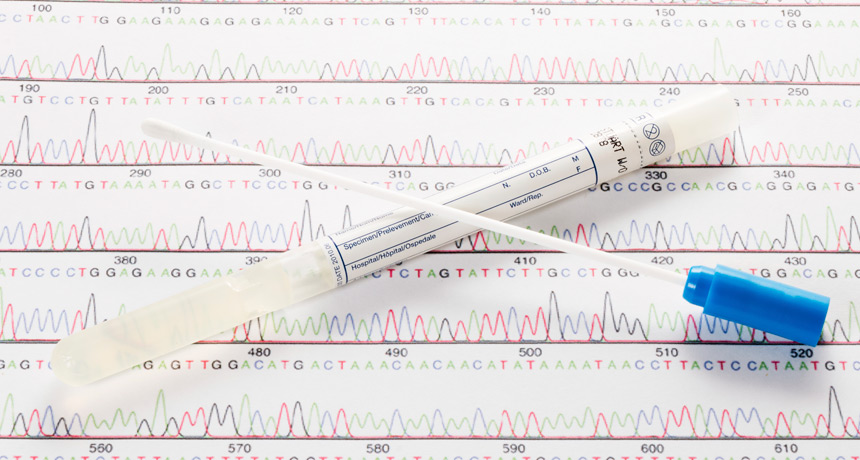(for more about Power Words, click here)
cell The smallest structural and functional unit of an organism. Typically too small to see with the naked eye, it consists of watery fluid surrounded by a membrane or wall. Animals are made of anywhere from thousands to trillions of cells, depending on their size. Some organisms, such as yeasts, molds, bacteria and some algae, are composed of only one cell.
chemical A substance formed from two or more atoms that unite (become bonded together) in a fixed proportion and structure. For example, water is a chemical made of two hydrogen atoms bonded to one oxygen atom. Its chemical symbol is H 2 O. Chemical can also be an adjective that describes properties of materials that are the result of various reactions between different compounds.
decode To convert a hidden or secret message into a language that can be understood.
digest (noun: digestion) To break down food into simple compounds that the body can absorb and use for growth. Some sewage-treatment plants harness microbes to digest — or degrade — wastes so that the breakdown products can be recycled for use elsewhere in the environment.
DNA sequencing The process of determining the exact order of the paired building blocks — called nucleotides — that form each rung of a ladder-like strand of DNA. There are only four nucleotides: adenine, cytosine, guanine and thymine (which are abbreviated A, C, G and T). And adenine always pairs up with thymine; cytosine always pairs with guanine.
gene (adj. genetic) A segment of DNA that codes, or holds instructions, for producing a protein. Offspring inherit genes from their parents. Genes influence how an organism looks and behaves.
guanine One of four substances that organisms need to produce DNA.
molecule An electrically neutral group of atoms that represents the smallest possible amount of a chemical compound. Molecules can be made of single types of atoms or of different types. For example, the oxygen in the air is made of two oxygen atoms (O2 ), but water is made of two hydrogen atoms and one oxygen atom (H2O).
nucleotides The four chemicals that, like rungs on a ladder, link up the two strands that make up DNA. They are: A (adenine), T (thymine), C (cytosine) and G (guanine). A links with T, and C links with G, to form DNA. In RNA, uracil takes the place of thymine.
organism Any living thing, from elephants and plants to bacteria and other types of single-celled life.
plastic Any of a series of materials that are easily deformable; or synthetic materials that have been made from polymers (long strings of some building-block molecule) that tend to be lightweight, inexpensive and resistant to degradation.
proteins Compounds made from one or more long chains of amino acids. Proteins are an essential part of all living organisms. They form the basis of living cells, muscle and tissues; they also do the work inside of cells. The hemoglobin in blood and the antibodies that attempt to fight infections are among the better-known, stand-alone proteins. Medicines frequently work by latching onto proteins.
sequencing Technologies that determine the order of nucleotides or letters in a DNA molecule that spell out an organism’s traits.
species A group of similar organisms capable of producing offspring that can survive and reproduce.
unique Something that is unlike anything else; the only one of its kind.








